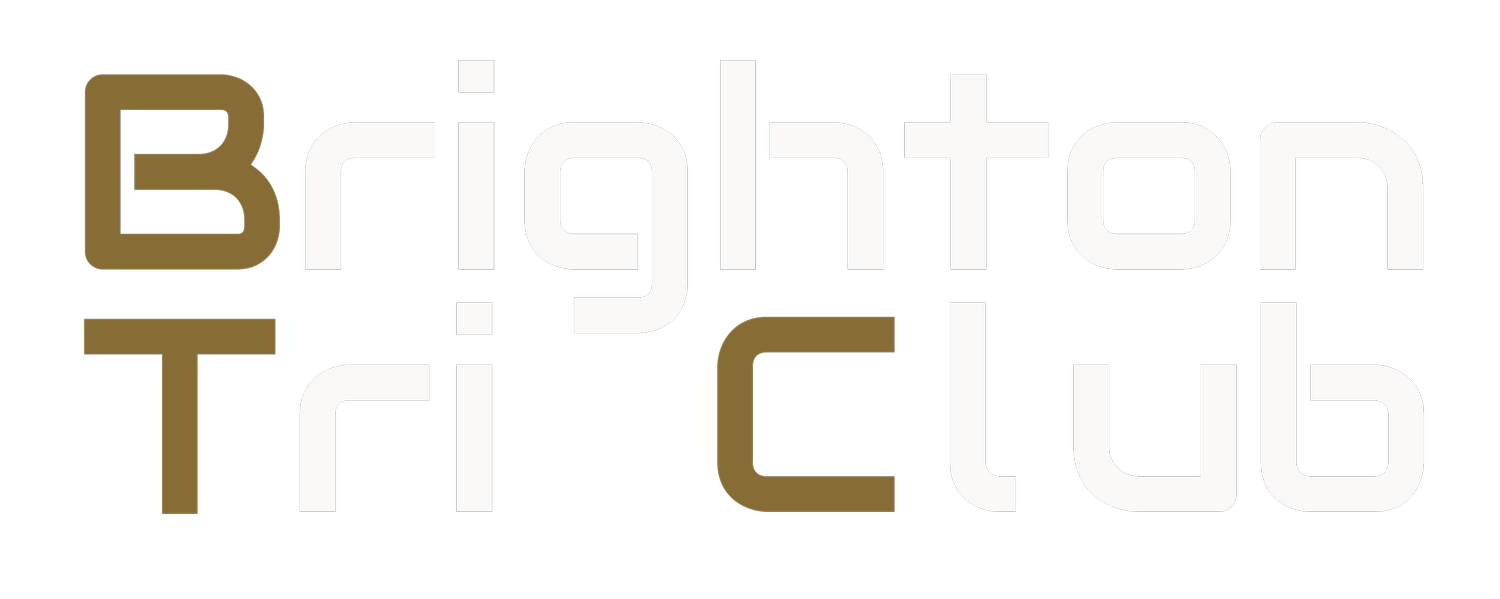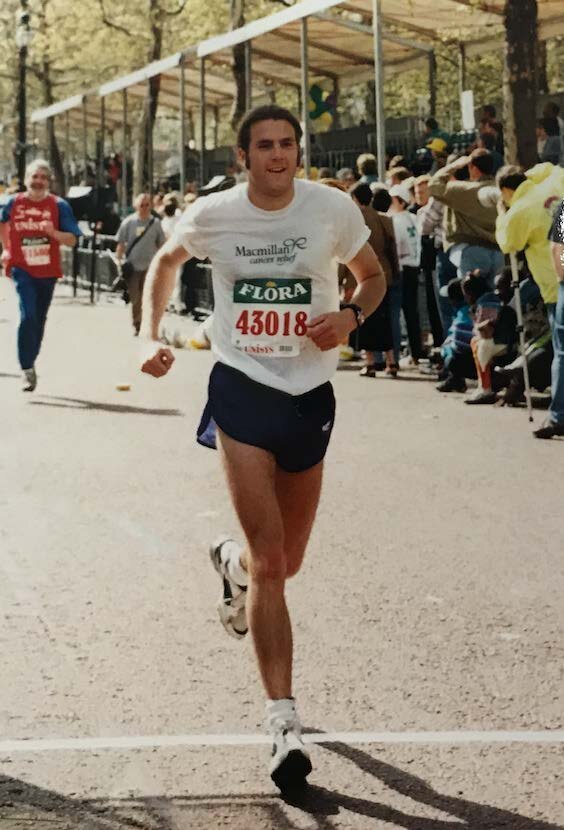I love shoe.
/by Ian McLaren
When you first start running, it’s a cheap sport. Stick on the pair of old school plimsoles that have been curling up in the bottom of the wardrobe, jogging bottoms and a t-shirt and off you go. At some point, possibly after learning about shin splints, the plimsoles will need to be replaced with some proper running shoes. At this point a novice athlete won’t yet know that shoes are consumables, like gels and TT bikes, to be replaced every few months, so picking a pair of shoes is going to be stressful experience.
Knowing whether you need neutral or support, how much drop, how much cushioning is bad enough, without then working out which colour goes best with your tri suit. The huge range of shoe types has come about because everyone is unique, with different shaped feet, different running actions, different levels of running experience, different training plans, and even different terrain to run on. This means that finding the right shoe by reading reviews, asking your friends and even asking a coach might not get a pair of shoes that fit you. So how do you get the right shoes?
Running shoe technology and style has changed a lot over the years. The first running shoes are believed to have been worn 40,000 years ago. OK, they were just shoes at the time, but it is likely someone had to run in them. It’s fun to imagine them fitting their leather and reed sandals with elastic laces to make them easier to put on in transition.
Not much changed in shoe design from 40,000 years ago until the 1970’s when the first modern trainers appeared. Someone had the idea that sticking a big chunk of foam under the foot would make it easier to run, while creating an entire new shoe market. The cushioned shoes changed how people ran. Over-striding became fashionable, rather than just painful. This is when shoes also got a larger drop (the height difference of the sole between the heel and forefoot). If you are landing with a straight leg on the heel, you need a lot of padding to soak up the force. Nike created the Air Sole, which lead to the concept of the shoe puncture. They also put springs in the heel, which got banned from competition, but generally everything was padded and plushy.
Coach Ian giving a silent demo of stylish over-striding in the 90’s.
Then in 2009 the book Born to Run was published and everything changed. Padding was out and flat, barefoot shoes were suddenly the rage. Articles were published explaining that padded shoes lead to weak foot muscles and ankle instability due to foam allowing wobbling; heel striking was banned and forefoot running became mandatory for all. Shoes went from having 1.5cm of drop to being flat. For some people this was great, a return to running free like a kid. For others it was another cause for a visit to the physio with calf and Achilles problems from trying to run just on the forefoot in flat shoes after years of high heels.
Over time the barefoot craze died out, in part when it was realised that heel striking wasn’t the problem, but over-striding was. The important bit wasn’t which part of the foot hit first (unless it was the top), so long as it’s under your centre of gravity. This brought a bigger than ever choice of shoes to pick from, which is great. In the last couple of years, the Nike Vaporfly have even gone back to having soles thick enough for a 70’s glam rock band, although with more carbon fibre.
With all this choice now, it is even harder to know which shoes to buy. Going online gives access to all of that choice, along with endorsements from athletes (don’t believe the hype…Usain Bolt’s spikes won’t get you a marathon PB). There are some great bargains to be had, particularly in my favourite brands of 50% off, massive discount and discontinued product. While this approach may be OK for clothes, ignoring the pair of shorts I got that seemed to have been made out of the same material as crisp packets, it can be a lottery for shoes. Even if you’re shopping for the new model of a pair you’ve had before, it can still be risky. Manufacturers regularly decide that the shoes you already have and love needed improving, by changing everything that made them work for you. The biggest problem with online shoe shopping is not being able to try them on to see if they fit your long/short/narrow/wide/high instep/flat foot, and whether you can even run in them.
The better alternative to the Internet for finding the right shoe is to get a shoe dealer. This will start off as a casual visit to the local running shop, just for recreational shoes. If the shoe shop is good, they will start looking at the wear pattern on your existing shoes, asking questions about how much you run, where you run, and what you want the shoe for. They should know the shoe you need, rather than the shoe you think you want. Next thing you know, you are either on a treadmill or running round the street getting very sweaty. You don’t know how sweaty you can get until you have done 10K of loops round Hove trying different shoes, in jeans and a cotton t-shirt.
This can soon develop into a serious habit. I’ve had text messages from my shoe dealer when he has got in some new shoe to try. Shoes for training, shoes for racing, shoes for racing 5K, different race shoes for marathons, different race shoes again for triathlon, spikes for cross country (XC), replacement spikes for XC after treading on a stone in the first pair, trail shoes, trail shoes for hard paths, trail shoes for mud, trail shoes for mixtures of hard paths and mud, XC shoes for the course that broke the spikes last year…all sold with useful advice on things like which shoes might need tying using the lace-lock method.
As the High Street slowly disappears, it would be a shame to see running shops and the chance to buy shoes that fit go with it. So as we are coming out of lockdown, maybe it is time to treat yourself to some new shoes and a visit to your local shoe dealer when they reopen.


